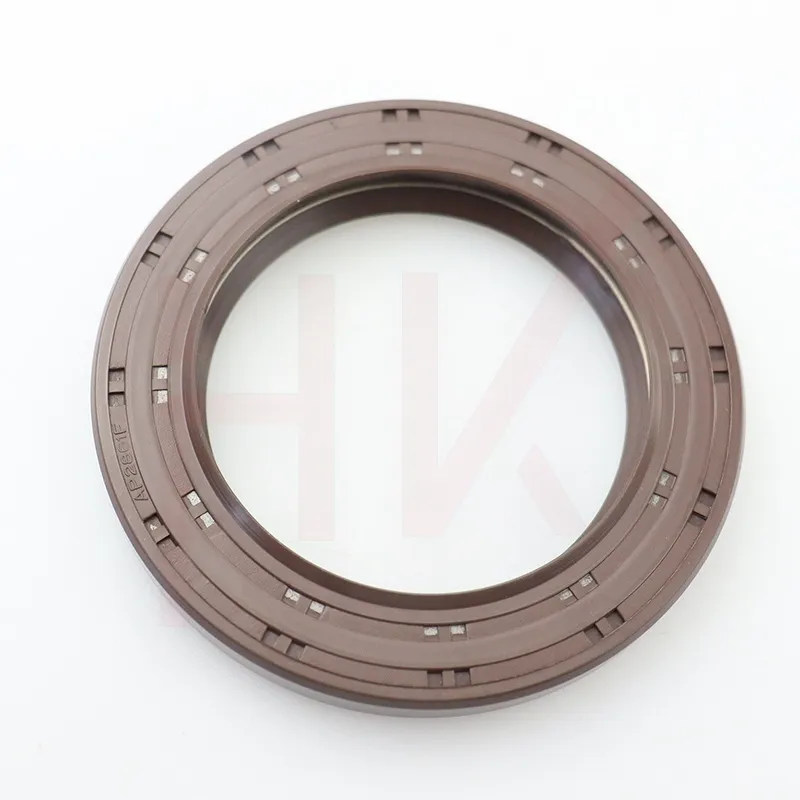Dùbh . 20, 2024 07:12 Back to list
hydraulic motor seals
Understanding Hydraulic Motor Seals A Comprehensive Overview
Hydraulic motors are vital components in various industrial applications, providing the mechanical power needed to perform work efficiently. At the heart of these motors lies a critical element the seals. Hydraulic motor seals play an essential role in ensuring the proper functioning of hydraulic systems, preventing leaks, and maintaining operational integrity. In this article, we will explore the significance, types, functions, and maintenance of hydraulic motor seals.
The Importance of Hydraulic Motor Seals
Hydraulic systems operate under high pressure and often involve the movement of fluids, making the integrity of seals essential. Hydraulic motor seals serve several critical functions
1. Leak Prevention One of the primary purposes of seals is to prevent hydraulic fluid from leaking out of the motor. Leaks not only reduce the efficiency of the system but can also cause environmental contamination and safety hazards.
2. Fluid Retention Seals also ensure that the hydraulic fluid remains within designated areas, allowing the system to function correctly. This controlled environment is crucial for optimal performance.
3. Protection Against Contaminants Seals protect the hydraulic system from external contaminants, such as dust, dirt, and moisture, which can significantly impair motor performance and longevity.
4. Pressure Maintenance Seals help to maintain the pressure within the hydraulic system, which is essential for achieving the desired mechanical power output.
Types of Hydraulic Motor Seals
There are several types of hydraulic motor seals, each designed for specific applications and operating conditions. The most common types include
1. O-Rings O-rings are circular seals that fit into a groove and create a seal when compressed. They are highly versatile and used in various hydraulic applications due to their effectiveness in preventing leaks.
2. U-Cups U-cup seals are designed to retain liquid and prevent leakage in hydraulic cylinders. Their design allows them to handle pressure and provide a better sealing effect under dynamic conditions.
3. Lip Seals Also known as radial seals, lip seals are used to seal rotating shafts. They consist of a flexible lip that presses against the shaft, creating a barrier that prevents fluid leakage.
4. Backup Rings These are used in conjunction with O-rings to prevent extrusion under high-pressure conditions. They provide additional support and ensure a reliable seal.
hydraulic motor seals

5. Wiper Seals Wiper seals are designed to prevent contaminants from entering the hydraulic components. They are typically installed at the outer edge of hydraulic cylinders to remove dirt and debris from the rod before it enters the cylinder.
Functions of Hydraulic Motor Seals
The functions of hydraulic motor seals extend beyond merely containing fluids. They also enhance the efficiency and reliability of the motor. Here are some of their critical functions
- Reducing Friction By providing a tight seal, hydraulic motor seals reduce friction between moving parts, which helps to prolong the life of the components and optimize energy efficiency.
- Temperature Management Seals can also help manage heat generated within the hydraulic system, preventing overheating and ensuring consistent performance.
- Vibration Dampening Seals can absorb some vibrations generated during operation, contributing to smoother operation and reducing wear on mechanical components.
Maintenance and Care of Hydraulic Motor Seals
To ensure the longevity and effectiveness of hydraulic motor seals, regular maintenance is vital. Here are some essential maintenance tips
1. Routine Inspections Regularly check seals for signs of wear, damage, or leaks. Early detection can prevent more severe problems down the line.
2. Proper Installation Ensure that seals are properly installed to maintain their effectiveness. Follow manufacturer guidelines during installation.
3. Fluid Quality Use high-quality hydraulic fluids that are compatible with the seals to prevent chemical breakdown and degradation.
4. Environment Control Keeping the hydraulic system clean and free from contaminants can significantly enhance seal longevity.
Conclusion
Hydraulic motor seals are critical components in maintaining the performance, efficiency, and safety of hydraulic systems. By understanding their importance, types, and functions, stakeholders can make informed decisions regarding their selection and maintenance. Proper care of hydraulic motor seals not only extends the life of the motor but also ensures optimal efficiency and performance in a vast array of industrial applications. As technology evolves, advancements in seal materials and designs will continue to improve the reliability of hydraulic systems, making them indispensable in modern engineering.
-
The Trans-formative Journey of Wheel Hub Oil Seals
NewsJun.06,2025
-
Graphene-Enhanced Oil Seals: Revolutionizing High-Pressure Oil Sealing
NewsJun.06,2025
-
Future of Hydraulic Sealing: Advanced Intelligent TCN Oil Seals
NewsJun.06,2025
-
Don’t Let a Broken TCV Oil Seal Ruin Your Day
NewsJun.06,2025
-
Bio-Inspired Dust Seals for Better Sealing Performance
NewsJun.06,2025
-
Biodegradable and Sustainable Hydraulic Seal Materials
NewsJun.06,2025
-
Top Oil Seal Solutions for Your Industrial Needs
NewsMay.22,2025
Products categories
















